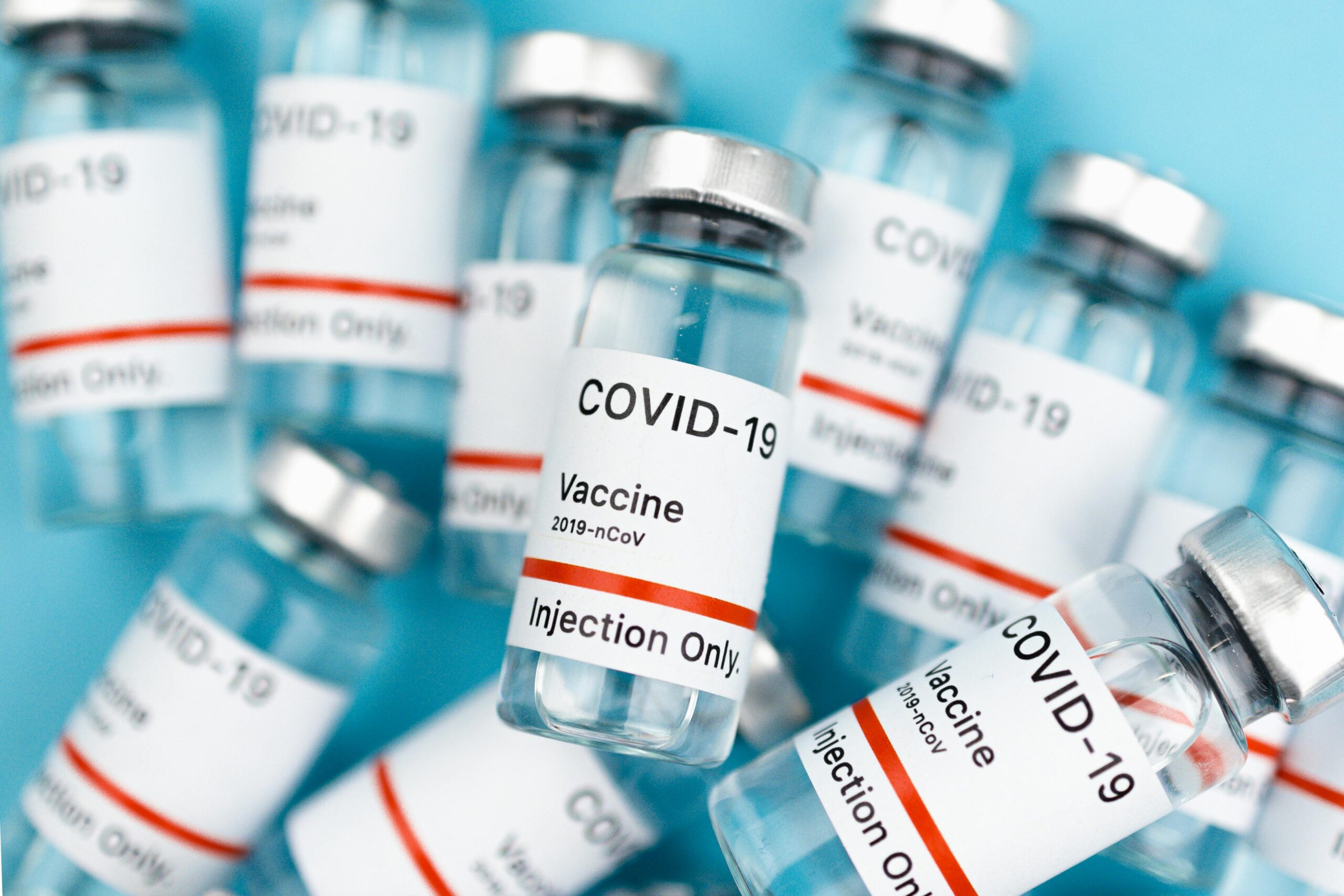Learn the key rules of pharma marketing compliance and avoid costly pitfalls. Stay ethical, legal, and effective in every campaign you launch.
Introduction: Elephant in the (Regulatory) Room
Pharma marketing is not only about sleek branding, glossy and colourful brochures, and catchy taglines. It’s also about following the abundant rules and regulations. Whether you’re a pharma marketer, medical affairs specialist, or just someone dipping their feet into the world of healthcare advertising, pharma marketing compliance is your daily bread.
Let’s decode it all with some wit, some wisdom, and a whole lot of real-life sense.
What Is Pharma Marketing Compliance?
Pharma marketing compliance means staying within the boundaries set by regulators when promoting drugs, devices, or healthcare products.
In other words, it’s all about making sure your promotional content is:
- Truthful
- Not misleading
- Supported by evidence
- Balanced between benefits and risks
That might sound easy—but when you add a thick coating of global laws, local rules, and evolving digital channels, it becomes a game of regulatory laser tag.
Why it is a Real-World Cautionary Tale
For example, the case of Warner-Lambert in the U.S. In the early 2000s, the company paid over $430 million for promoting the drug Neurontin for off-label uses.
What does that mean? They advertised it for things the FDA had not approved.
That, dear reader, is the compliance equivalent of skydiving without a parachute.
And they are not alone. Fines, lawsuits, major financial losses and public embarrassment are common outcomes of compliance failures.
Meet Your Compliance Overlords
Pharma advertising is a globally regulated minefield. Depending on where you’re marketing, these are your main rule-writers:
- FDA (Food and Drug Administration) – U.S.
- EMA (European Medicines Agency) – Europe
- MHRA (Medicines and Healthcare products Regulatory Agency) – UK
- NPPA, CDSCO, ASCI – India
Also, you have got codes of conduct from trade groups like PhRMA, EFPIA, and IFPMA.
Think of these as rulebooks that help you stay in regulators’ good books.
Digital Dilemma: Social Media ≠ Free-for-All
We all love a cheeky TikTok reel or a snappy tweet. But when it comes to pharma, social media is a tricky playground. Even a single-word comment like “Wow!” under a product post could be interpreted as misleading if the product isn’t approved for that indication.
Take the Kim Kardashian Diclegis post in 2015. She shared her pregnancy journey with the medication—without fully disclosing the risks. The FDA was not amused, and the post was pulled.
So, what’s the golden rule online? Treat every post like it’s being reviewed under a magnifying glass.
Beware: No Freestyling Allowed
Let’s talk about pharma reps. They are the frontline heroes—no doubt. But when they go off-script, things can go south very quickly.
Imagine: A rep tells a doctor that a new cholesterol drug works “faster than any other on the market,” even though there’s no published data to support it. That’s an instant compliance red flag.
Instead, reps should stick to approved messaging, PI (prescribing information), and training materials. Freestyling might work in jazz, but not in pharma.
HCP Engagement: Transparency is not optional
Whether you are inviting a healthcare professional (HCP) to a conference, paying them for a speaker session, or giving them a meal—disclose, document, and justify.
Transparency isn’t just a buzzword; it’s a legal obligation.
For example, the U.S. Sunshine Act requires companies to disclose payments to HCPs.
In Europe, similar frameworks exist. Even a fancy lunch can raise eyebrows if not reported.
So, next time you’re setting up an advisory board meeting with sushi and swag—pause and ask, Is this compliant?
Patient-Facing Content: Tread Carefully
When your target audience includes patients, the stakes climb high. You must:
- Avoid direct-to-consumer (DTC) ads in countries where it’s prohibited
- Never make claims you can’t back with science
- Always balance benefits with risks in the same breath
In the U.S., DTC ads are allowed, but the “fair balance” rule applies. That’s why every second pharma ad sounds like: “May cause headaches, nausea, dizziness, insomnia, back pain, sadness, joy, existential dread…”
Only slightly exaggerated.
Training Is Everything
Compliance training does not make anyone’s top 5 workday moments. But ongoing training is essential to keeping your marketing team from inadvertently wandering into non-compliant territory.
Remember, Make training engaging. Add real case studies. Quiz your team often. Celebrate compliance wins. And above all, make it relevant. No one wants to sit through a three-hour slide deck from 2012.
Check some companies we think are doing a great job-[ https://uspharmamarketing.com/10-life%e2%80%91science-companies-nailing-thought-leadership/]
Quick Recap: Pharma Compliance Cheat Sheet
✅ Always use approved claims
✅ Never promote off-label uses
✅ Disclose all HCP payments
✅ Avoid risky DTC ads
✅ Train your team like pros
✅ Document everything
The Verdict: Don’t Fear the Rules—Understand Them
Ultimately, pharma marketing compliance is about protecting patients, preserving trust, and keeping your brand out of court.
So instead of viewing compliance as the “fun police,” see it as your brand’s best friend. It ensures that your amazing products are shared with the world—the right way.
In Conclusion: Stay Smart, Stay Legal, Stay Human
Marketing in pharma is both an art and a science—with compliance sitting right in the middle. So craft compelling messages, embrace creativity, and yes—have a little fun. Just make sure you’ve got compliance riding shotgun.
Because in pharma marketing, nothing kills creativity faster than a cease-and-desist letter.











Leave a Reply